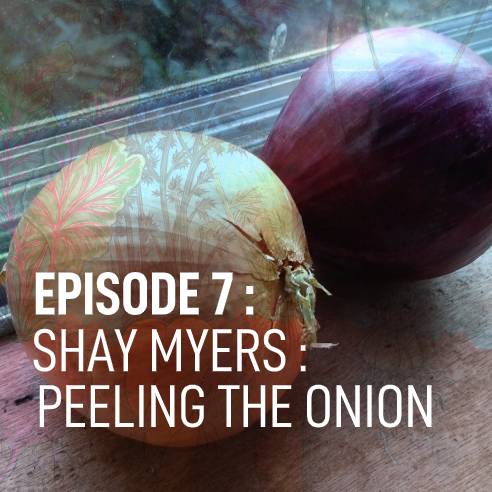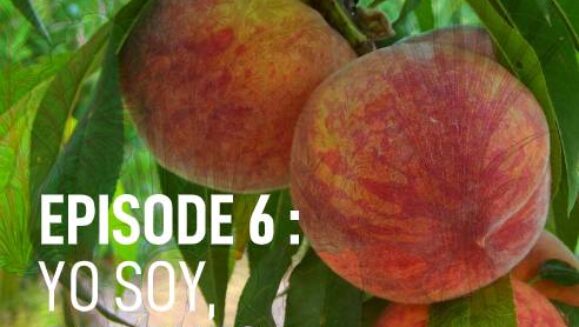In this episode, we’re actually peeling back the onion and talking to Shay Myers.
Listen in here :
The layers upon layers of absurdity going on as we speak. We are slowly but surely getting to a tipping point of a certain food supply chain disruption – if not complete collapse at some point if things don’t turn around. The disruption is not coming. It’s here. Happening right now.
Our food supply chain is failing us right now, and it’s not over yet. A lot of us just don’t really know what’s going on here. The truth of the matter is, 80% of American communities rely on the food supply chain and the distribution of food. Before the “shelter in place” nationwide mandate, 55% of food dollars were spent at restaurants. Now…it’s zero.
So, the food is hitting the fan folks…
The current news in the past week, concerning the food supply chain sounds a little like this…
“Coronavirus upends global food supply chains in latest economic shock” – Reuters
“A disastrous situation’: mountains of food wasted as coronavirus scrambles supply chain“ – The Guardian
“Never Seen Anything Like It’: Cars Line Up for Miles at Food Banks” – The New York Times
“Farmers Dump Milk, Break Eggs as Coronavirus Restaurant Closings Destroy Demand” – The Wall St. Journal
And that’s just to name a few. So, we’ve got an interesting two-pronged situation. On the one hand, we’ve got excess that farmers can’t even give away because food banks in many cities can only take in so much. And on the other, we’ve also got scarcity in terms of other commodities like flour and yeast.
So, if you’re thinking about making that 5th batch of those cookies tomorrow, or trying another homemade bread recipe while you’re on lockdown, you may want to slow your roll.
In today’s episode, I’ve invited a very special guest to talk about what’s going on in the food supply chain overall, and more specifically, how he’s dealing with the excess that his vertically integrated 3rd generation family farm and business is producing that sells lots of fresh vegetables, not only to restaurants, but also to large grocery chains across the country, is producing.
Right now, he’s watching 10K pounds of onions just rot in his field and he’s turning them into expensive compost. He’s got some interesting thoughts about what we can do to support people like him and keep feeding Americans!
His farm is on the Oregon Idaho border, and he’s been very vocal and visible on social media and had a recent interview with the New York Times and also on a variety of news networks, to shed some light on the reality of what’s happening in the field. So, without further adieu, listen in to the full episode and let him tell you who he is…
It’s time to start taking action in our local communities and begin asking our grocery buyers…
To support and buy from local farmers. Support US grown food and commodities.
Start educating consumers about where our food comes from. If you listened to Episode 3 on how the Coronavirus is impacting the food supply chain, you know that about 15-20% of our food in the US is imported!
The real take away here is, we need to know where our food is grown – specifically the country of origin. We need to know how farmers are growing our food, how the workers are treated and paid, what are the sustainable best practices of farmers and reward the ones doing the best job. That way, buyers (like us) can make a clear choice that supports and helps rebuild a reliable food supply chain.
That’s where I’m going to leave this one. What are your thoughts? Do you care where your food comes from? Would you rather have US grown onions, asparagus and sweet potatoes on your plate? If so, then now is the time to speak up and follow Shay on LinkedIn or TikTok or Instagram.
I appreciate you being here. I really do. Thanks for listening in. I want to give a shout out to all of my supporters near and far, on Patreon and to everyone who has donated to help support this show. THANK YOU so very much! These are challenging times, so I just want to give thanks to those who support me and this show. If you’re new to food slain, or if you’re into supporting US farmers and people who grow food, or learning more about our food supply chain, matters to you know that you can support this show in 5 ways.



